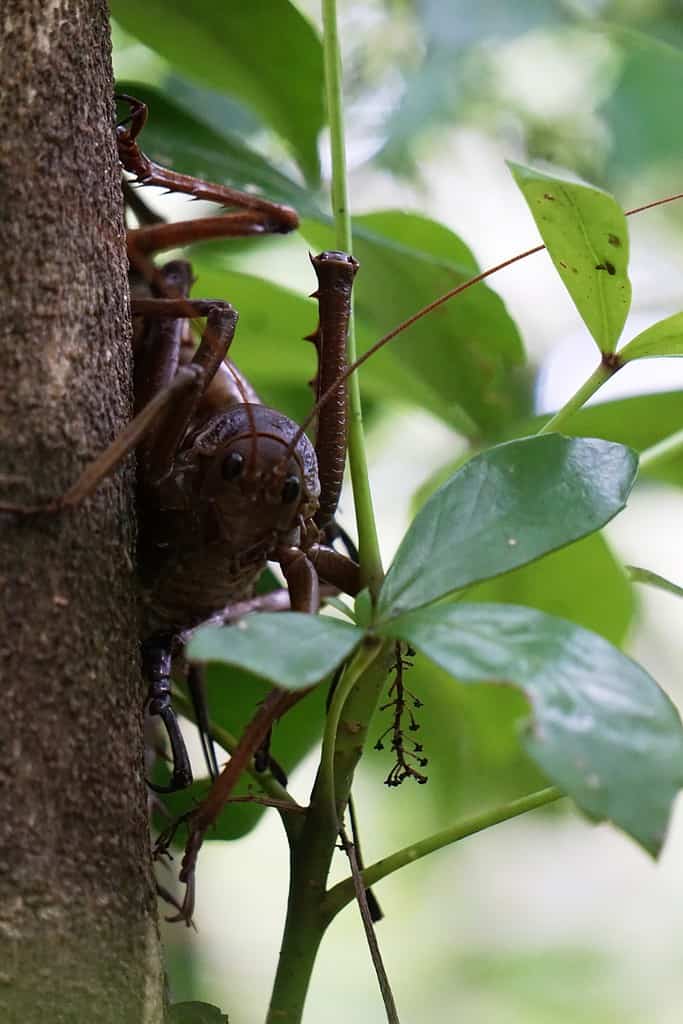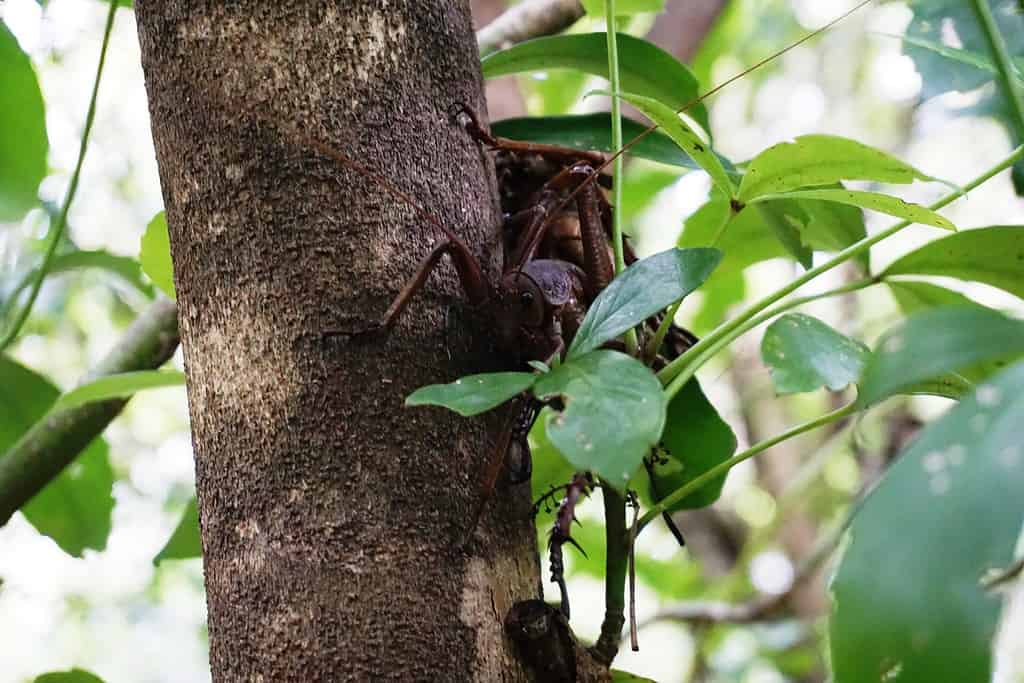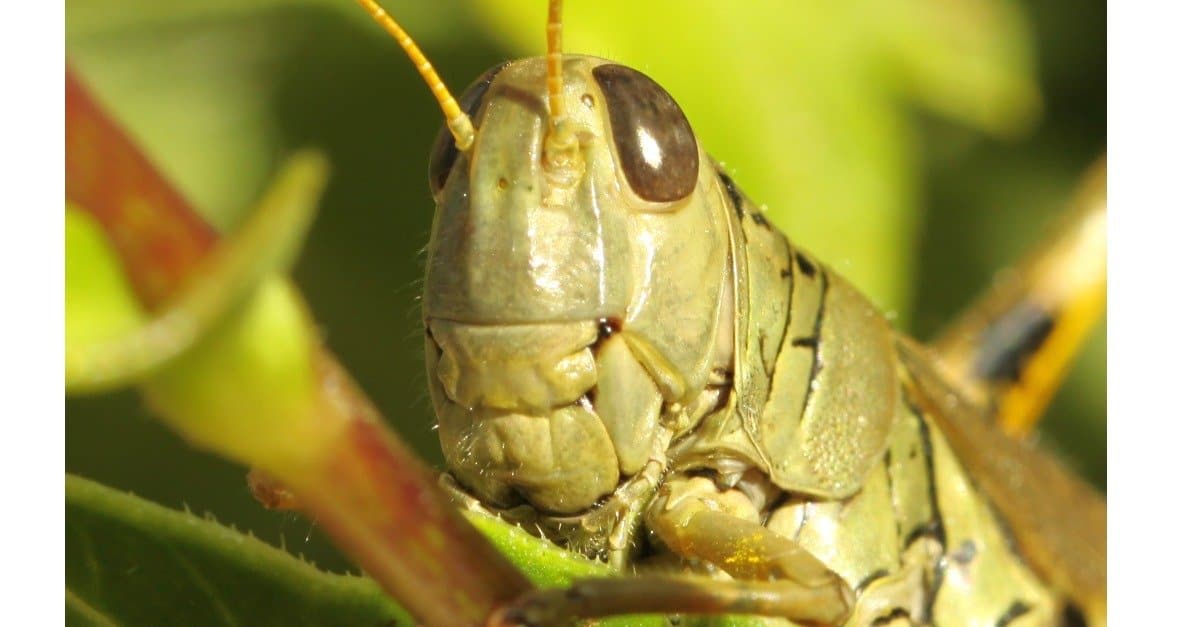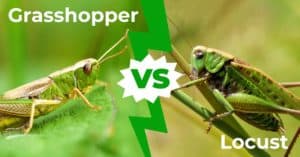Like something out of a fantastical storybook, giant grasshoppers have descended on New Zealand. When you picture a grasshopper, you may imagine a small insect that may hop in front of you as you walk in the grass.
This grasshopper, known as the wētāpunga, predates dinosaurs. It became almost extinct around 1840 as a result of the arrival of new animals on their native islands. This bug can weigh over an ounce, which is heavier than some small birds!

These bugs are rarely photographed.
©snoopaya/ via Getty Images
They are currently being brought back to New Zealand as part of a breeding program in captivity with the expectation that the species can reestablish itself there. According to the Auckland Zoo, of the more than 70 species of grasshoppers that are only found in New Zealand, this one is the biggest.
It’s incredible to begin returning them to their original location. Experts see this as a long-desired homecoming. In the field of conservation, invertebrates are considered to be the weak link. But they are necessary for ecosystems to be healthy and functional, because without them, nothing functions.
Being responsible for the latest release of 300 young wētāpunga throughout two islands in the Bay of Islands, the facility is well-versed in wētāpungas. As a result of Project Island Song, a local conservation organization that has been diligently striving towards reintroducing the area’s native flora and fauna for 20 years, the massive bug accompanies multiple other endangered species that have recently been brought back to the islands.
More About the Wētāpunga Grasshopper

To put it in perspective, this bug is around the size of an adult’s hand.
©snoopaya/ via Getty Images
Mature grasshoppers of this species lead lonely, nomadic lives, moving around and feeding primarily at night. They can be discovered above ground in the crevices of mahoe and pohutukawa trees or beneath broken bark.
Wētāpunga prefers natural plants with huge leaves and graze on new foliage. The lifespan of a giant grasshopper such as this one is two years. Eggs typically hatch after 125 days, and hatchlings undergo 10 instar phases before reaching adulthood.
Wētāpunga adults only have a lifespan of between six and nine months, throughout that time, they mate regularly. In general, the females lay approximately 100 and 300 cigar-shaped eggs.
They do this during the course of their adult lives in several clusters in the sandy substrate on the ground beneath the forest. Being large among insects can make them an appealing meal for predatory mammals.
Prior to their ultimate eradication in the 1980s, feral cats were widespread on the island and may have preyed on young, weak wētāpunga. Thankfully, this comeback may give them an advantage. We will keep up with how this reintroduction goes and keep our readers updated.
Thank you for reading! Have some feedback for us? Contact the AZ Animals editorial team.








